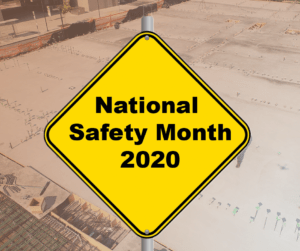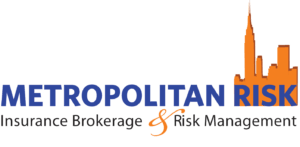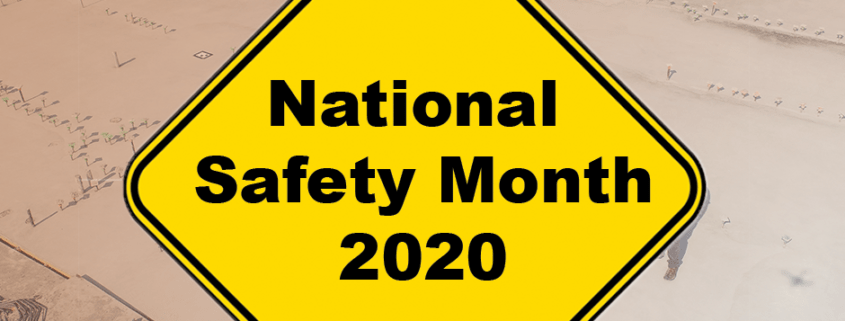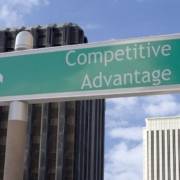June is National Safety Month. While safety should be at the forefront year-round, let us use this time to highlight workplace safety. Effective risk management strategies, which include claims management and timely claim reporting can help organizations mitigate losses, and also identify weaknesses in their own safety program.
NSC created National Safety Month to increase the awareness of workplace safety and to promote safety culture. It was organized by the National Safety Council and has occurred every June since 1996. This year the safety council are focusing on these topics as well as many others:
- Mental Health
- Ergonomics
- Building A Safety Culture
- Driving
Creating A Culture Focused on Safety
Does your organization have a safety committee?
Creating a safety committee is one of the many ways an organization control frequency and severity of workplace accidents. Taking a proactive approach by establishing a well-developed safety program promotes the idea that workplace safety is a top priority or the entire organization.
It is a collaborative effort, encouraging employees to participate in as well as implement an effective program. Giving employees a voice when it relates to their own well being can help facilitate better outcomes and ultimately lower costs for Workers’ compensation claims. We suggest reading this article on starting a safety committee for your organization for more information.
Fall Prevention
Falls are the #1 cause of fatalities in the construction industry. Additionally, falling objects contribute to a high incident rate. Every worker should be trained on the proper setup and safe use of fall protection equipment: this includes the use of ladders. Implementing a “Ladders Last” program is one way your organization can help protect employees from falling. A ladder’s last program is based on the idea of prevention versus protection.
To learn more about a” Ladder’s Last” safety program click this link.
Ergonomics
Ergonomics is a great way to reduce the number of workers’ compensation claims due to overexertion. Overexertion contributes to 35% of all work-related injuries and is also one of the largest contributors to workers’ comp costs. Prevent overexertion by: regular exercise and should a doctor’s visit if an injury occurs.
Work with groups of employees to create an ergonomic training program that works for your organization. Employee participation is a great way to promote ergonomic safety. Stretches led by employees are one way to promote safety in the workplace. Ergonomics isn’t just for employees who move heavy objects. Sedentary employees may also benefit from these same practices.
Driver Safety
How’s my driving? If your organization is relying on drivers for day-to-day operations, you are already aware of the risk of the situation. A focus on driver safety is one way to help keep costs down and protect your workforce. Identify your high-risk driver who is constantly racking up points on their driver’s license. Consider pulling them off the road or even enroll them in a driver safety course. Identify trends: is one employee always involved in rear-end collisions as if he was not paying attention? Has another driver been involved in more than 2 vehicle-damage accidents in the same year? Identify the trends and take action. Learn how to identify high-risk drivers and help correct their behavior.
Additional Safety Resources From Metropolitan Risk
- Incident Investigation Guide – Identifying the root cause of a workplace injury through thorough accident investigation allows the employer to take corrective action to prevent it from happening again.
- Download our infographic on the leading causes of workplace accidents.
- Ladder Safety Program Guidelines – A ladder last program helps minimize fall risks at your organization.
Still have questions? Still want more information? Cal 914-357-8444 to contact a risk advisor today. Also, click here for more information.





